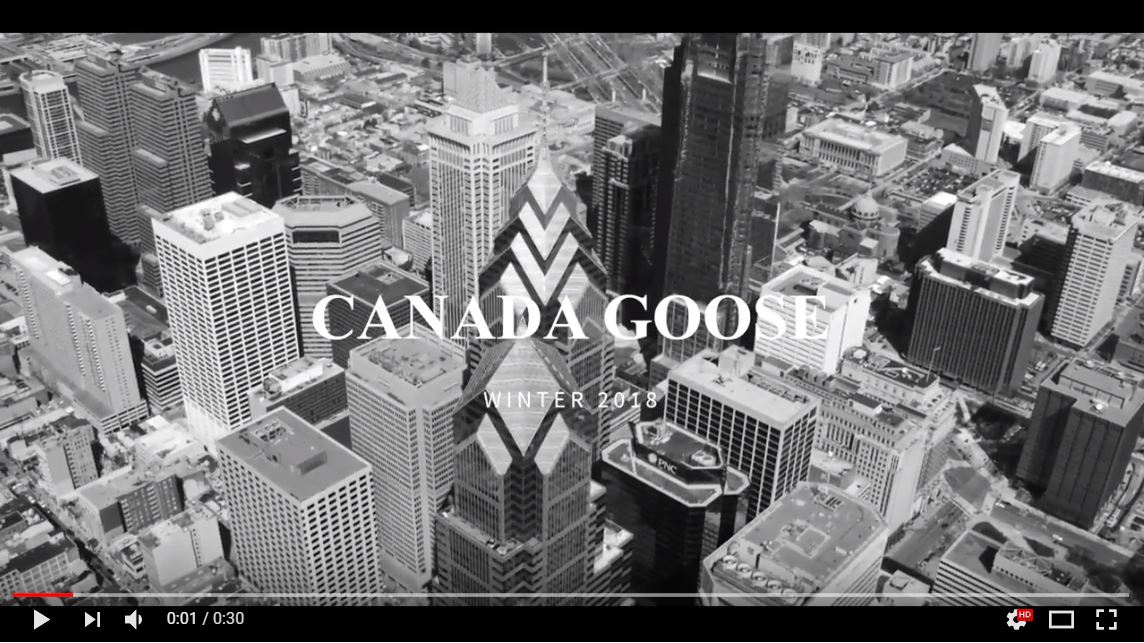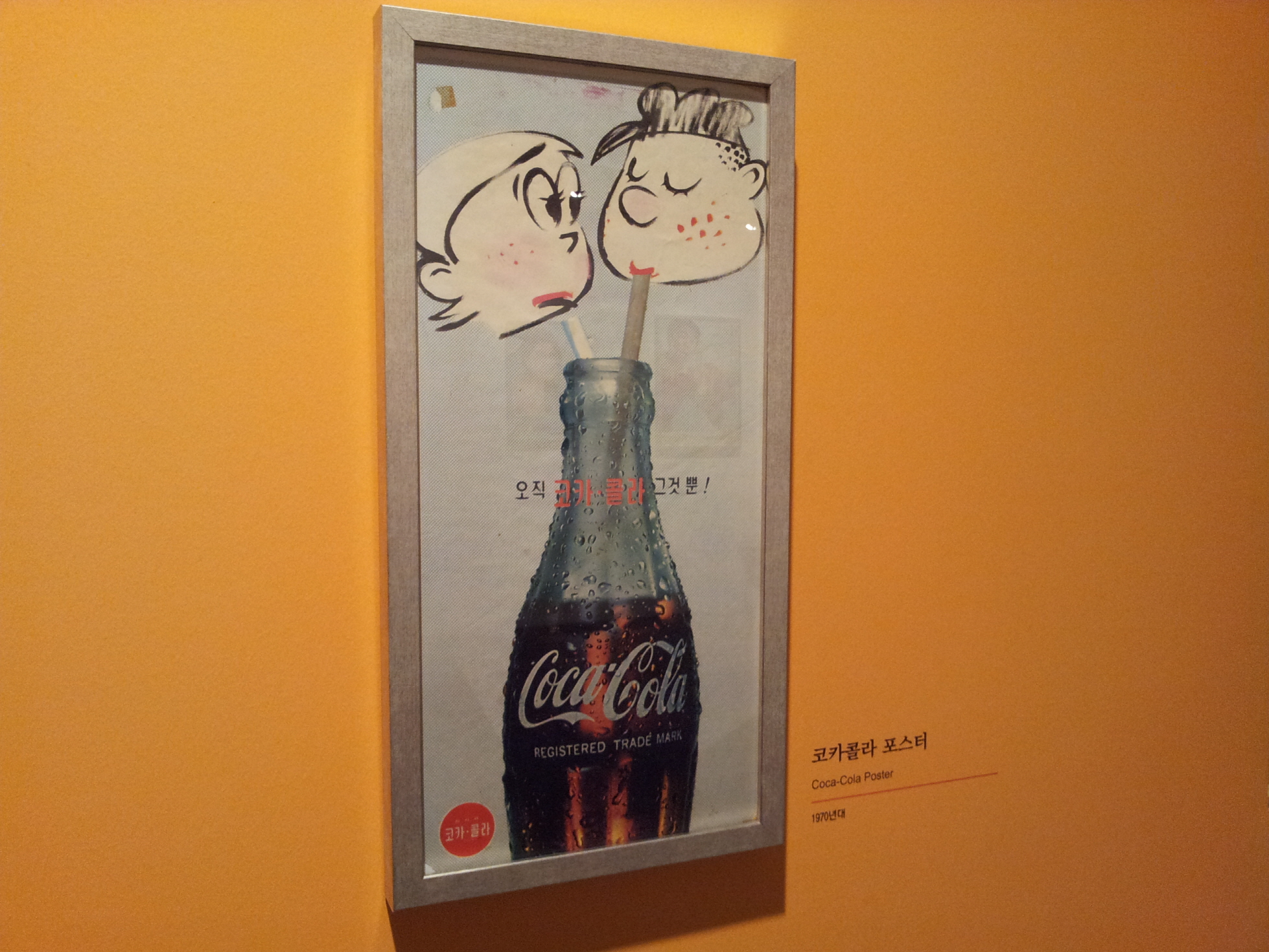“Stroll” as the commercial’s name might hint, portrays an Airpods user aloof in his own music, strolling along the street with rhythmic movements. This particular ad’s visual style is captured in a beautiful manner that gives off the impression of a film like quality.
Although it may seem questionable to as why we chose this specific commercial, but underneath all the fancy visual style it displays, we realized that it lacks two major aspects. One that it didn’t give full sight on the main product, the Airpods, and second that in the ad itself it failed to persuade the viewers to the purchasing level.
Throughout most of the commercial, even though it uses a colorless scheme to emphasize the white earphones, the attention of the viewers is quickly taken away due to the dancing and ironically more on the white shoes of the Airpods user. Hence confusing the viewers on what the main item is for the ad. Also along with the confusion, it lacks the persuasion for the consumer to the point where they actually buy the product. It is so by not elaborating on the ‘wireless’ aspect (the innovative part of the product) and not making it relevant for the consumer to identify the product within their lives.
Taking account these factors we focused the objective of increasing market share by using a more effective strategy and tactic through our commercial. Since this is a relatively new industry, in order to increase the market share of this sector we concluded that taking a hold of the regular earphone users and having them flow into Airpods’ market share would be the best strategy. To do so we focused our tactic on persuading the regular earphone users by demonstrating how the wireless feature of this product is relevant for them to have an ease when doing things in their everyday lives.

We focused on showing a slice of life aspect in our commercial through the demonstration of using the product. This is to persuade the viewers that this product is truly something that they need up front and first hand. We did so by using down to earth situations and show them that they could be applied to them as well. Also by using a split screen throughout the commercial we wanted to show a direct comparison of using Airpods and not. We thought that this would be a good way to straightly point out the differences of these two.
As for the slogan, we pondered about what would grasp the essence of what we know as Apple which is simple but has a significant meaning. So coming from the original slogan “Practically Magic” that sparked our inspiration, we came up with the slogan “Share your magic”. We thought that the whole wireless experience is somewhat of a magic that fits in with the last scene of our film and it implies to our viewers to share on this experience as well.
Written by Hyunkyung Kim, Jina Shim, Jieun Kwon, Hohyun Shin, and Seungbin Baek | Marketing Communication 2019 Fall | College of Business Administration, Kookmin University
















